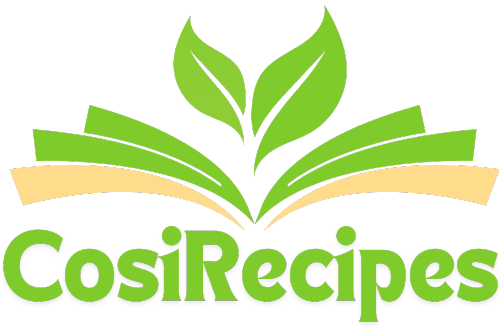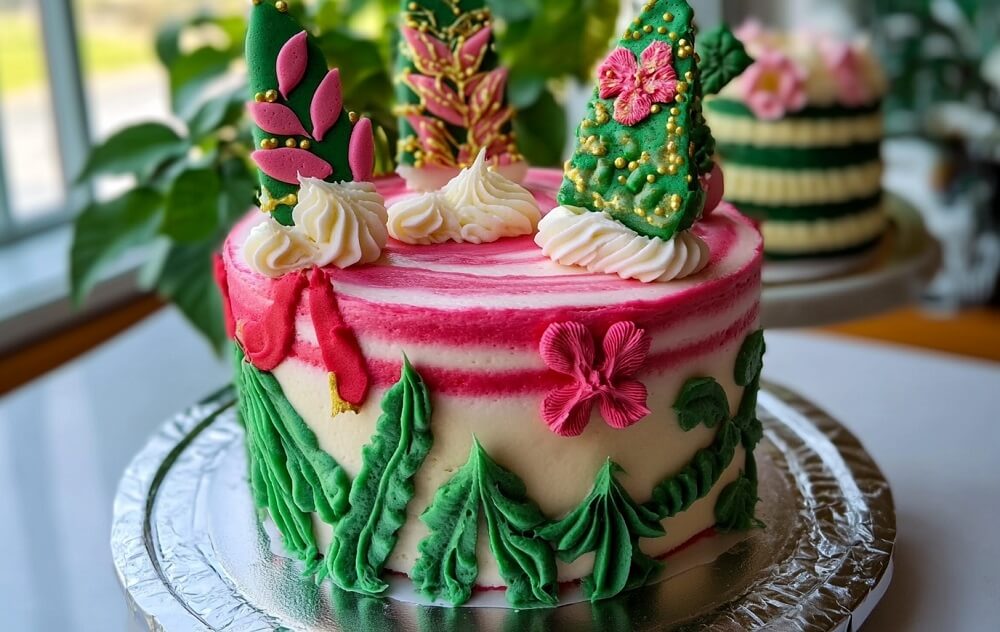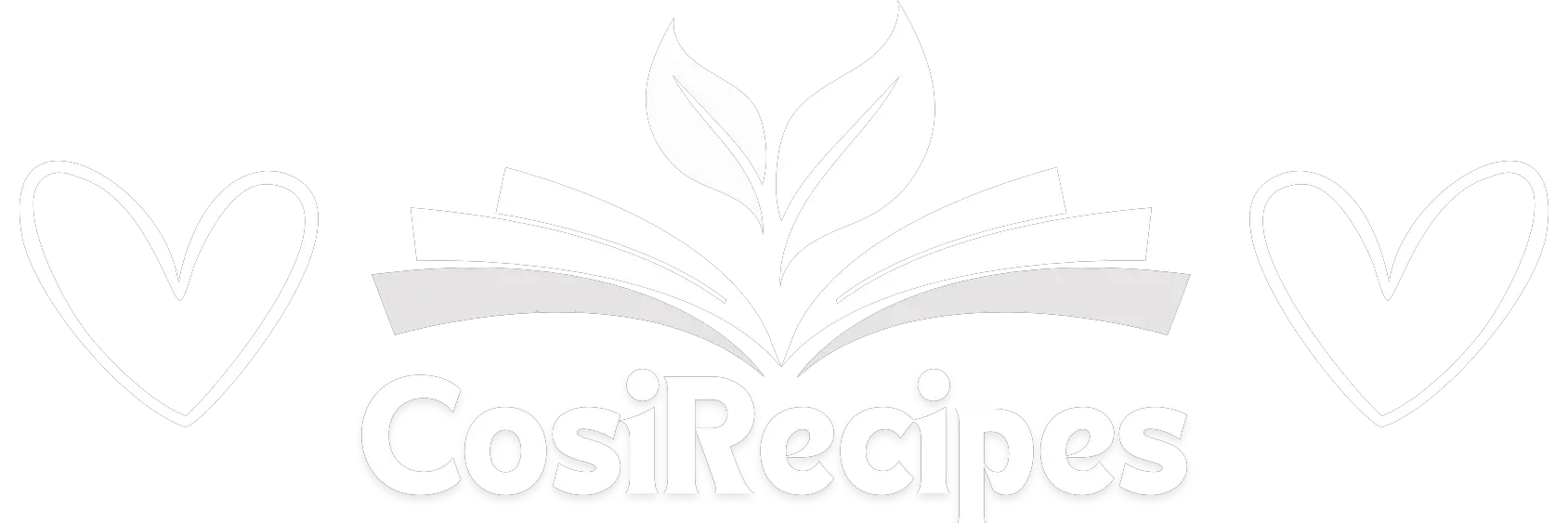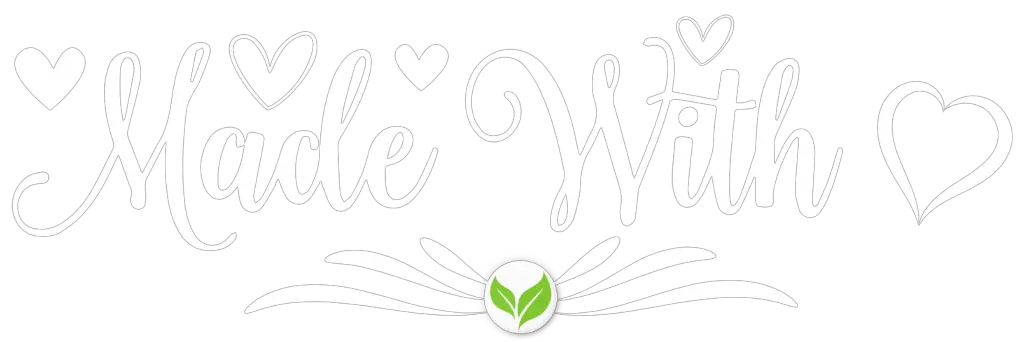Mary Jane Cake is a delightful and nostalgic dessert that has earned a special place in the hearts of baking enthusiasts. Its distinctive features—a central well filled with flavorful fillings and a coating of buttercream and coconut—make it a standout dessert.
Brief Overview of Mary Jane Cake
- A unique take on the classic shortcake: Mary Jane Cake is often referred to as a coconut-filled cake or fruit-filled cake due to its design and ingredients.
- Distinctive structure: It is characterized by a central depression designed to hold a variety of delicious fillings, from jam to lemon curd.
Historical Context and Cultural Relevance
- Rooted in Depression-era recipes: The Mary Jane Cake, like other traditional shortcakes, is inspired by the creativity of bakers during economically challenging times, where simplicity and flavor were key.
- A nostalgic dessert: Over the years, it has become a symbol of comfort food, evoking memories of family gatherings and celebrations.
Purpose of the Article
This guide will:
- Explore the history and cultural significance of the Mary Jane Cake.
- Provide insights into its ingredients and preparation.
- Offer tips to recreate this delightful homemade shortcake with ease.
2. Origin and History
Historical Background
The origins of Mary Jane Cake can be traced back to American baking traditions, particularly those that emerged during the Great Depression.
- The Depression Cake Connection: During the 1930s, bakers relied on accessible and affordable ingredients, leading to the creation of desserts like the Mary Jane Cake, which balanced frugality with indulgence.
- Adaptability: The cake’s simple sponge cake recipe allowed for versatile fillings and decorations, making it a staple in households with varying resources.
Influence of Depression-Era Recipes
- Emphasis on creative simplicity: Bakers used pantry staples such as flour, sugar, and eggs to craft a dessert with jam filling that was both economical and delicious.
- Flourishes like buttercream frosting and shredded coconut added texture and flavor while utilizing common ingredients.
Cultural Significance
The Mary Jane Cake holds a special place in the culinary traditions of Central New York.
- Bakeries and family traditions: Popularized by local bakeries, the cake became a signature treat for birthdays and special occasions.
- A nostalgic dessert: For many, the Mary Jane Cake recalls cherished childhood memories and moments spent with family, tying it to broader cultural themes of connection and comfort.
By understanding the origins and history of this tart pan dessert, we can appreciate its enduring charm and the role it continues to play in modern baking.
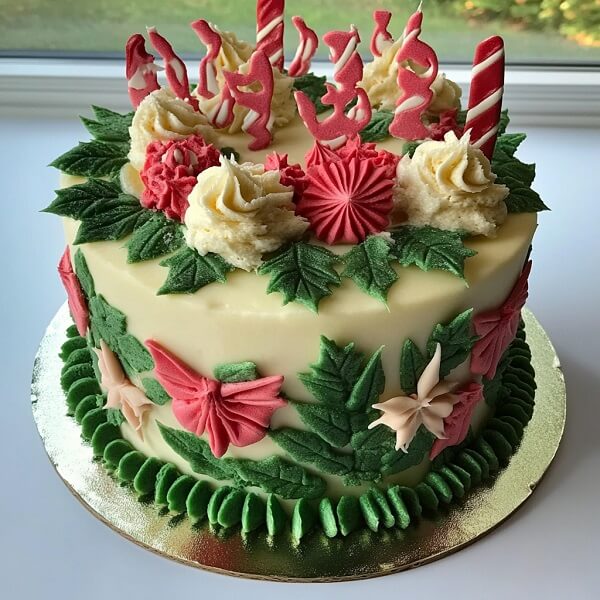
3. What Defines a Mary Jane Cake?
Mary Jane Cake is a distinctive dessert that blends simplicity with versatility, offering endless opportunities for customization.
Key Characteristics
- Shape and Design:
- A Mary Jane Cake is typically round with a unique depression in the center, which is specifically designed to hold a variety of flavorful fillings.
- The edges are frosted with buttercream frosting and rolled in shredded coconut, adding texture and sweetness.
- Flavor Profile:
- The base is usually a white cake or sponge cake recipe, offering a light, airy texture.
- The filling adds richness, with options ranging from fruit-filled cake variations like strawberry or raspberry jam to custards and lemon curd.
Popular Variations
- Size Options:
- Available as large single cakes for special occasions or smaller, individual traditional shortcakes for a personal treat.
- Filling Choices:
- Common fillings include:
- Strawberry or raspberry jam (dessert with jam filling).
- Lemon curd or pastry cream.
- Puddings or mascarpone mixed with fresh fruits.
- Common fillings include:
The Mary Jane Cake’s customizable nature ensures there’s a variation for every preference, making it a beloved nostalgic dessert across generations.
4. Ingredients and Equipment Needed
Essential Ingredients
Creating a Mary Jane Cake requires a combination of basic and specialized ingredients that enhance its flavors and presentation.
- Cake Base:
- A white cake or sponge cake recipe is the foundation.
- Frosting and Toppings:
- Creamy buttercream frosting to coat the edges.
- Sweetened shredded coconut for texture and visual appeal.
- Fillings:
- Versatile options include:
- Strawberry or raspberry jam.
- Lemon curd.
- Pastry cream or pudding.
- Fresh fruits like sliced strawberries.
- Versatile options include:
Recommended Tools
To achieve the best results, the right equipment is essential:
- Shortcake Pans:
- Use depression-style tart pans to create the classic Mary Jane Cake shape.
- Baking Essentials:
- An electric mixer for smooth batter and frosting.
- Measuring cups, spatulas, and a whisk for precision and efficiency.
With these ingredients and tools, you’ll be fully prepared to recreate this iconic coconut-filled cake in your own kitchen.
5. Step-by-Step Guide to Making Mary Jane Cake
Preparing the Cake Batter
Creating the perfect Mary Jane Cake begins with a well-prepared batter.
- Mixing Instructions:
- In a large mixing bowl, combine the dry ingredients: flour, baking powder, and a pinch of salt.
- In a separate bowl, cream together sugar and butter until light and fluffy using an electric mixer. Add eggs one at a time, mixing well after each addition.
- Gradually mix the dry ingredients into the wet mixture, alternating with milk or yogurt to ensure a smooth consistency.
- Baking Tips:
- Preheat the oven to 350°F (175°C) and grease your shortcake pans or depression-style tart pans.
- Pour the batter into the pans, filling each depression evenly.
- Bake for 20-25 minutes or until a toothpick inserted into the cake comes out clean.
- Allow the cakes to cool completely before decorating to achieve the ideal sponge cake texture.
Creating the Filling
The filling is what transforms this dessert into a fruit-filled cake masterpiece.
- Options for Fillings:
- Use store-bought jams, lemon curd, or custards for convenience.
- For a homemade touch, try this strawberry filling recipe:
- Combine 1 cup of sliced strawberries, ¾ cup sugar, and 1 tablespoon lemon juice in a saucepan.
- Simmer over medium heat until thickened, then allow to cool.
Assembly and Decoration
This is where the cake’s signature look comes to life.
- Frosting:
- Spread buttercream frosting around the edges of each cake.
- Roll the frosted edges in sweetened shredded coconut for texture and flavor.
- Filling:
- Spoon your chosen filling into the central depression of each cake, ensuring it’s evenly distributed.
- Serving Tips:
- Serve at room temperature or slightly chilled.
- Pair with fresh fruits or whipped cream for an elevated presentation.
6. Tips and Variations
Creative Twists
- Alternative Fillings:
- Whipped mascarpone or no-bake cheesecake can replace traditional fillings for a richer experience.
- Experiment with seasonal fruits or nut-based spreads.
- Convenience:
- Use boxed cake mixes to save time while still enjoying a homemade flavor.
Serving Suggestions
- Pairing:
- Serve with a dollop of whipped cream and fresh fruits like sliced strawberries or raspberries.
- Add a sprinkle of powdered sugar for a delicate finishing touch.
- Storage:
- Store leftovers in an airtight container in the refrigerator for up to 3 days.
- For longer storage, freeze the undecorated cakes and assemble them fresh as needed.
These tips ensure that your Mary Jane Cake remains a delightful and versatile treat for every occasion.
7. Frequently Asked Questions (FAQs)
What is the difference between Mary Jane Cake and traditional shortcakes?
While both are nostalgic desserts, Mary Jane Cake differs from traditional shortcakes in its structure and ingredients. Mary Jane Cake features a distinctive depression in the center for fillings, is often coated in buttercream frosting, and rolled in shredded coconut, giving it a richer flavor and more decorative appearance.
Can I make Mary Jane Cake without a special shortcake pan?
Yes! If you don’t have a shortcake pan, you can use standard muffin tins or bake a larger cake and create a depression in the center using a spoon or small cup after baking. The flavor and texture remain equally delightful.
What are some alternative fillings for the cake center?
The options are nearly endless! You can use:
- Fruit preserves, such as raspberry or apricot jam (dessert with jam filling).
- Custards like lemon curd or vanilla pastry cream.
- Whipped mascarpone or no-bake cheesecake fillings for a creamy twist.
- Fresh fruit slices paired with whipped cream.
How long can Mary Jane Cakes be stored?
Store your cakes in an airtight container in the refrigerator for up to 3 days. If you wish to keep them longer, freeze the undecorated cakes and assemble them fresh when ready to serve.
8. Conclusion
The Mary Jane Cake is a testament to the creativity and simplicity of Depression-era recipes. Its combination of a light sponge cake, rich fillings, and coconut-coated edges makes it a delightful treat that continues to charm bakers and dessert lovers alike.
Whether you’re recreating this fruit-filled cake for nostalgic reasons or discovering it for the first time, it’s a versatile and rewarding recipe. By experimenting with different fillings and sizes, you can make it uniquely yours.
We encourage you to try making Mary Jane Cake at home and share it with your loved ones. Dive into the joy of baking and explore more traditional shortcakes and desserts inspired by the past for a truly heartwarming culinary experience.
